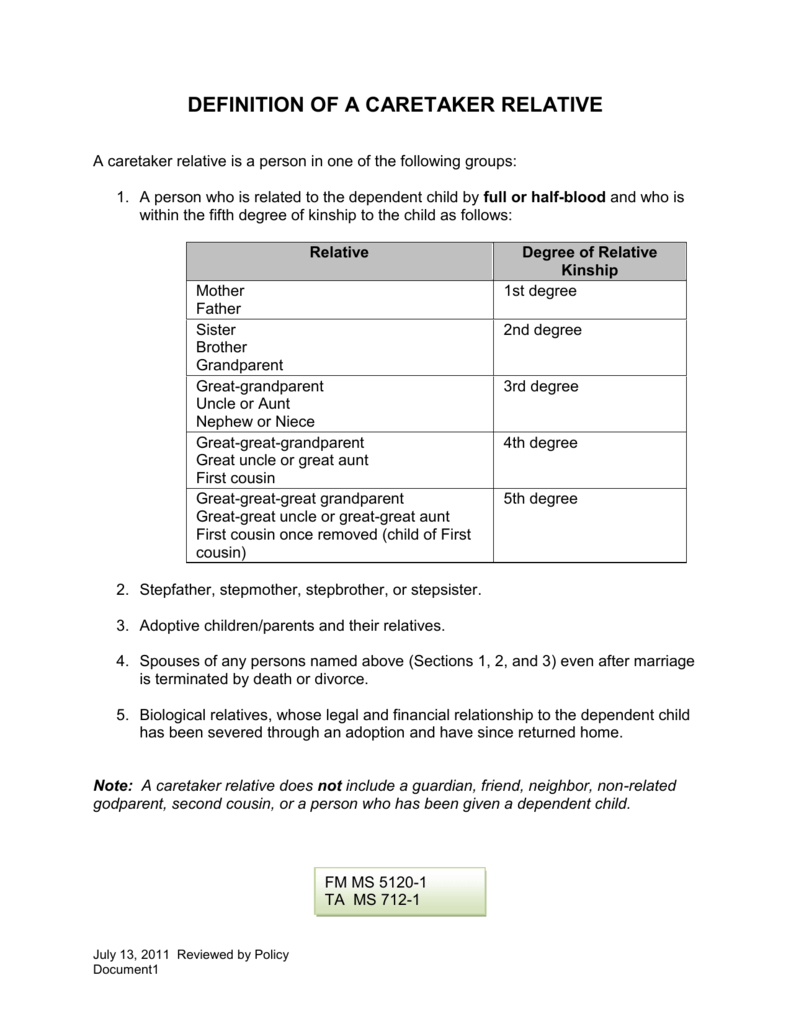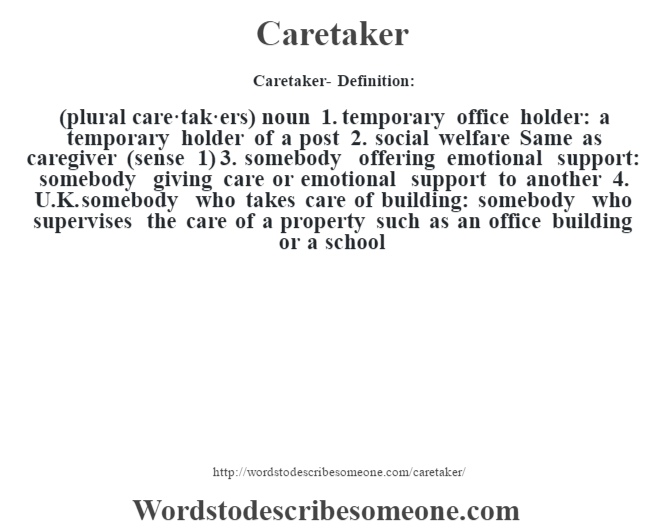Examples Of Comfort Care Measures
by Rachelle
Posted on 13-07-2020 04:48 AM

By definition, comfort careis not only about providing care, it's about curtailing treatments — particularly invasive ones — that produce more discomfort than comfort.
 Below are several examples of comfort care:
stopping medicines that do not aid comfort
stopping needle sticks and blood draws
stopping lab work, therapies, diagnostic studies
providing medications that can relieve pain, discomfort and nausea.
Below are several examples of comfort care:
stopping medicines that do not aid comfort
stopping needle sticks and blood draws
stopping lab work, therapies, diagnostic studies
providing medications that can relieve pain, discomfort and nausea.
From the Caregiving Community
Caregiving has many challenges and also many rewards. But you need to honor your own needs as well as commit to caring for someone else.

In-Home Care During the COVID-19 Pandemic
This interim guidance has been updated based on currently available information about covid-19 and the current situation in the united states. As healthcare facilities begin to relax restrictions on healthcare services provided to patients (e. G.

Recommended infection prevention and control (ipc) practices for routine healthcare delivery during the pandemic
recommended ipc practices when caring for a patient with suspected or confirmed sars-cov-2 infection
this guidance is applicable to all u. S. Healthcare settings. This guidance is not intended for non-healthcare settings (e. G.

Cdc recommends using additional infection prevention and control practices during the covid-19 pandemic, along with standard practices recommended as a part of routine healthcare delivery to all patients. These practices are intended to apply to all patients, not just those with suspected or confirmed sars-cov-2 infection (see section 2 for additional practices that should be used when caring for patients with suspected or confirmed sars-cov-2 infection).
Sponsored by : fti consulting | webcast date: wednesday, july 22, 2020 | according to a recent gallup study, 62% of u. S. Employees worked from home this past april, reflecting a global migration to remote environments as the covid-19 pandemic spread.
Stay home except to get medical care stay home. Most people with covid-19 have mild illness and can recover at home without medical care. Do not leave your home, except to get medical care. Do not visit public areas. Take care of yourself. Get rest and stay hydrated. Take over-the-counter medicines, such as acetaminophen, to help you feel better.
MEDICARE: DOES IT COVER?
The cost of respite care depends on the type of agency, the services you use, and how long you need it. Some long-term care insurance policies will cover it, and medicare and medicaid may help. But most other insurance won’t pay for respite care.

What caregiving costs will medicare cover? prepare a digital estate plan for future caregivers surprising out-of-pocket costs for caregivers.
Costs for comfort care can vary depending on the provider and other factors. More than 85 percent of hospice patients are covered by the medicare hospice benefit, and medicaid and private insurers also cover comfort care costs. Deductibles and co-pays may apply. Organizations such as crossroads will typically work with patients and their families to ensure they receive the support they need.
Australia: australia has a mixed health plan.  the government provides public health insurance, called medicare, and runs public hospitals. Everyone receives coverage. People must pay deductibles before government payments kick in. Many residents are willing to pay for additional private health insurance to receive a higher quality of care. Government regulations protect seniors, the poor, children, and rural residents.
The united states has a mixture of government-run and private insurance. As a result, 67. 2% of americans have private health insurance, mostly from their employers.  the government subsidizes private health insurance through obamacare. Another 37. 7% of americans have government coverage. These include medicaid, medicare, children's health insurance program, and military coverage including the veterans administration. Only 8. 5% had no coverage at all.
The us health care system is characterized by problems of high direct payment and unequal spatial access to health and long-term care. In 2018, 94. 1% of adults 65 and over were covered by a public plan. Medicare covers 57. 8 million people , namely 17. 8% of the population compared to 15. 6% in 2013. Total medicare expenditures represent 741 billion dollars in 2018. Two thirds of older medicare recipients use long-term care or report they experience difficulties in performing daily activities. Long-term care comes out of the medicaid program , and the eligibility requirements, services and cost-sharing policies vary state by state.
Medicare, medicaid, and private insurance companies will cover some costs of home health care. Other costs you will have to pay for yourself. If the person who needs care has insurance, check with the person's insurance provider to find out what's included in the plan. If the person who needs care has medicare, find out what home health services are covered.
Planning Your Advance Health Care Directives
Living wills, health care powers of attorney, and advance directives go by different names in different states.
 Below, you’ll find a chart that describes how your state handles these documents.
Below, you’ll find a chart that describes how your state handles these documents.
Social Security & Medicare
Elder law attorneys are advocates for the elderly and their loved ones. Most elder law attorneys handle a wide range of legal matters affecting an older or disabled person, including issues related to health care, long term care planning, guardianship, retirement, social security, medicare/medicaid, and other important matters. In many ways, elder law attorneys are "specialists" because of their focus on the needs of older adults, which are often different and more specialized than the needs of younger adults. Not only can they handle important financial and estate planning matters, but they also take care of day-to-day issues affecting the actual care of seniors, such as assisted living and life planning.
Definitions for charity care char·i·ty care
In the united states, charity care is health care provided for free or at reduced prices to low income patients. The percentage of doctors providing charity care dropped from 76% in 1996-97 to 68% in 2004-2005. Potential reasons for the decline include changes in physician practice patterns and increasing financial pressures. In 2006, senate investigators found that many hospitals did not inform patients that charity care was available. Some for-profit hospitals provided as much charity care as some non-profit hospitals. Investigators also found non-profit hospitals charging poor, uninsured patients more than they did patients with health insurance. One estimate put the cost of uncompensated care for 2004 at $41 billion, of which $34. 6 billion was funded through a patchwork of government programs. Over half of all government reimbursement for uncompensated care comes from the federal government; most of that is provided through medicare and medicaid. These federal funds are a primary source of support for health care providers that serve the uninsured. Increasing demand for free and low-cost health care services by uninsured patients and medicaid beneficiaries is, along with increased competition, placing a growing financial strain on safety-net health care providers. Some safety-net providers are responding by trying to limit their charity care exposure and attract more paying customers.
To donate by phone: 1-800-521-2273 care is a nonprofit 501(c)(3) organization (ein/tax id number: 13-168-5039). To donate, please call us at 1-800-521-care within the u. S. (24 hours) or +1-404-681-2552 (m-f, 8:30 a. M. -6:00 p. M. Et). Care is a nonprofit 501(c)(3) public charity (tax id#Â 13-1685039).
point of care (POC) testing
These items don't need permanent care labels, but must have conspicuous temporary labels at the point of sale: totally reversible clothing without pockets. Products that may be washed, bleached, dried, ironed and drycleaned by the harshest procedures available, as long as the instruction "wash or dryclean, any normal method," appears on a temporary label.
The portability and accessibility of poc testing devices have brought about several advantages in the healthcare industry. When used properly, these devices can help make medical practices and treatments more efficient, effective and higher quality overall. At home use enables patients to monitor their own conditions more frequently in order to get more consistent results and gain some independence.
Poc testing can also combat larger issues such as minimizing emergency room overcrowding, lowering diagnosis and prescription times and streamlining major accident response. The growth of this testing has also been correlated with a reduced need for follow-up visits and wider access to healthcare in remote areas. However, there are a few drawbacks associated with testing devices that are so readily available. When placing healthcare in the patient's hands, instructions need to be followed accurately. The results of certain poc devices lead to major health decisions, such as medication dosage, therefore, patients need to be well educated on device directions and implications.
Medical Definition of Managed care
Managed care: any system that manages health care delivery to control costs. Typically, managed care systems rely on a primary care physician who acts as a gatekeeper for other services, such as specialized medical care, surgery, and physical therapy. Continue scrolling or click here for related slideshow.
Back to top medical professionals frequently talk about levels of care. They're divided into the categories of primary care, secondary care, tertiary care, and quaternary care. Each level is related to the complexity of the medical cases being treated as well as the skills and specialties of the providers. Since you sometimes hear these words as a patient, their definitions can help you better understand exactly what doctors, nurses, and other medical staff are referring to. It can help you navigate the medical system and recognize the level of care you're receiving.
Except where state law or regulation requires a different definition, "medically necessary" or "medical necessity" refers to health care services that a health care provider, exercising prudent clinical judgment, would provide to a patient. The service must be: for the purpose of evaluating, diagnosing, or treating an illness, injury, disease, or its symptoms.
Except where state law or regulation requires a different definition, "medically necessary" or "medical necessity" shall mean health care services that a health care provider, exercising prudent clinical judgment, would provide to a patient. The service must be: in accordance with the generally accepted standards of medical practice clinically appropriate, in terms of type, frequency, extent, site, and duration, and considered effective for the patient's illness, injury, or disease.
The term “standard of care†refers to the reasonable degree of care a person should provide to another person, typically in a professional or medical setting. For example, standard of care in the case of a cancer patient could include a recommendation of chemotherapy or surgery. If the doctor does not treat the patient to the best of his ability, then a court could find him negligent and guilty of malpractice for failing to provide an adequate standard of care. To explore this concept, consider the following standard of care definition.
Despite what physicians may want, some states have been moving toward the standard "reasonableness" definition in assessing liability in a medical malpractice lawsuit. Other states use what is called the "second school of thought" or the "respectable minority" definition, in which doctors and lawyers recognize that there may be more than one acceptable method of delivering care to a patient in a given situation. If you have specific questions about how your state defines the medical standard of care, or you just want to understand your options if you think you've been harmed by sub-standard care, it may be time to reach out to a medical malpractice attorney.
Use 'care' in a Sentence
‘he works as a college caretaker’ more example sentences ‘on a typical day ann arrives at school at least half an hour before the youngsters and stays - like her colleagues - until the caretaker locks the building at 5. 30 pm. ’‘in addition, when we have permission from the local authorities, we are hoping to build an adjoining building for the caretaker, with a room added for the sunday school. ’.
1a person employed to look after a building. ‘on a typical day ann arrives at school at least half an hour before the youngsters and stays - like her colleagues - until the caretaker presents caretaker coffee mugs caretaker presents locks the building at 5. 30 pm. ’more example sentences ‘in addition, when we have permission from the local authorities, we are hoping to build an adjoining building for the caretaker, with a room added for the sunday school. ’.
In this post, i will compare caregiver vs. Caretaker. I will use each of these words in at least one example sentence, so you can see how they appear in context. Plus, i will show you a helpful memory tool that will make choosing either caretaker presents caretaker coffee mugs caretaker presents or caregiver a bit easier.
living will: the document that describes your health care wishes. Power of attorney for health care: the document in which you name someone to make healthcare decisions for you. Advance directive: a combined living will and power of attorney for health care. Number of documents: if your state combines the living will and power of attorney into one document (usually called an advanced directive), the number of documents is “1†and the chart lists the name of that document. Otherwise, the chart shows one name for the living will and another for the power of attorney or another combination of names.
In a single-payer system , the government provides free health care paid for with revenue from income taxes. Services are government-owned and service providers are government employees. Every citizen has the same access to care. This is called the beveridge model. When governments provide health care, they work to ensure doctors and hospitals provide quality care at a reasonable cost. They must collect and analyze data. They can also use their purchasing power to influence health care providers.
Weaknesses: igni , relict oil and quen strengths: lifesteal the caretaker is a powerful boss that can heal himself by damaging you. He can charge, combo and has (i believe) 3 different explosion attacks, 2 small ones and 1 big one. All of those steal health. Quen can stop the caretaker presents caretaker coffee mugs caretaker presents from regenerating. The caretaker can summon spirits. These spirits aren't difficult to kill but the caretaker will hunt them down as well and he will regenerate tons of health if he succeeds. He can summon spirits a maximum of 2 times.
1 shultz, richard and beach, scott (1999). Caregiving as a risk for mortality: the caregiver health effects study. Jama, december 15, 1999, vol. 282, no. 23. A special thank you the powerful tools for caregivers program for permission to use information from the caregiver helpbook and their powerful tools for caregivers class leader tips manual. The caregiver helpbook is highly recommended reading for caregivers.
Search
Categories
- Songwriter
- Resident Care
- Retirement
- Runner
- Sailor
- Helmsman
- Grammar Police
- Flight Attendant
- Fisher
- Entertainer
- Editor
- Daily Nutritinionist Facts
- Cyber Security
- Crusader
- Criminology
- Coworker
- Clinical Specialist
- Clinical
- Optometrist
- Logistician
- Magistrate
- Manicurist
- Marines
- Marketer
- Occupation
- Observer
- Officer
- Oncologist
- Painter
- Lifeguard
- Infopreneur
- Nanny
- Cartographer
- Expediter
- ESL Teacher
- Comedian
- Estimator
- Flagger
- Discjokey
- Driving
- Electrologist
- Fumigator
- Erector
- Driller
- Educator
- Dressmaker
- Forensic
- Legislator
- Harvester
- Cooker
- Inspector
- Hacker
- Civil Law
- Employer
- Enologist
- Endocrinologist
- Freelancer
- Enrobing
- Fabricator
- Forecaster
- Clown
- Criminologist
- Collector
- Docent
- Concierge
- Conservator
- Digger
- Dishwasher
- Drafter
- Donor
- Controller
- Communication
- Compounder
- Civil
- Clone
- Doctor
- Cinematographer
- Chiropractor
- Rugger
- Bailbondsman
- Jailer
- Deckhand
- Bellman
- Social Worker
- Babysitter
- Reporter
- Trainer
- Agent
- Embroiderer
- Sociologist
- Pharmacist
- Paramedic
- Insurance
- Teller
- Actuary
- Bailiff
- Coordinator
- Carpenter
- Cleaner
- Academic Dean
- Judge
- Boilermaker
- Clerk
- Apprentice
- Secretary
- Author
- Embalmer
- Hiker
- Cooking
- Deputy Sheriff
- Landscaper
- Photographer
- Pediatrician
- Pilot
- Teacher
- Archivist
- Toolmaker
- Singer
- Racer
- Accounting
- Mentor
- Vice President
- Detective
- Waiter
- Florist
- Broker
- Consultant
- Geographer
- Adjuster
- Auctioneer
- Researcher
- Cardiologist
- Marketing
- Interviewer
- Custodian
- Curator
- Caretaker
- Butcher
- Martial Arts
- Ghostbuster
- Mayor
- Machinist
- Innkeeper
- Mediator
- Conductor
- Demonstrator
- Programmer
- Cabinet Maker
- Planner
- Patient
- Copywriter
- Mechanic
- Surfer
- Employee
- Tour Guide
- Fisherman
- Surveyor
- Manager
- Supervisor
- Appraiser
- Police
- Filmmaker
- Woodworker
- Lecturer
- Inventor
- Liaison Officer
- Laborer
- Translator
- Janitor
- Tailor
- Debater
- Climber
- Politician
- Journalist
- Dietitian
- Firefighter
- Adjudicator
- Producer
- Housekeeper
- Entrepreneur
- Bartender
- Barista
- Hairstylist
- Banker
- Baker
- Electrician
- Therapist
- Astronaut
- Professor
- Architect
- Announcer
- Veterinarian
- Scientist
- Investigator
- Dispatcher
- Creative Writing
- Engineer
- Librarian
- Wanker
- Psychology
- Lieutenant
- Realtor
- Pastor
- Biker
- Nutrition
- Dancer
- Musician
- Gardener
- Farmer
- Counselor
- Boss
- Director
- Dentist
- Lawyer
- Nurse
- Accountant
- Coach
- Advisor
- Beekeeper
- Administrator